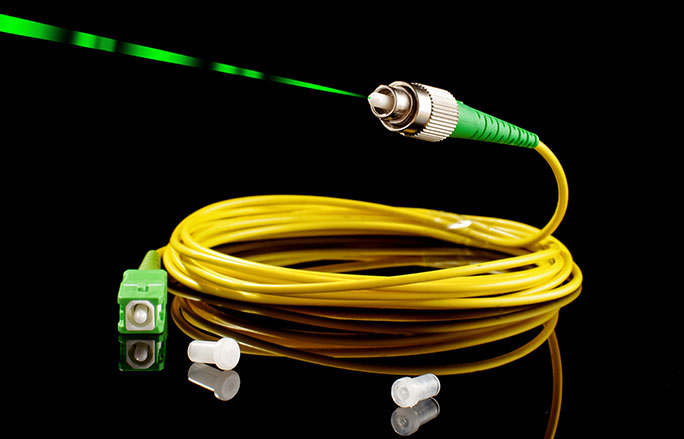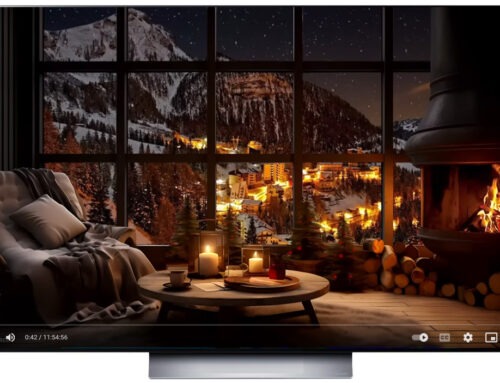Sure, you can connect just about any device today to the internet using Wi-Fi. But just because you can doesn’t mean you should. Stay with us on this, because this is particularly true with high-resolution entertainment formats and home-automation applications.
Audio Video Charlotte always recommends hardwiring entertainment devices wherever possible. Here’s why. Contrary to popular myth, a wired backbone is essential for optimal performance of your wireless network, as well as many connected devices. Ideally, this backbone should use fiberoptic cable (fiber) to accommodate easily foreseeable requirements in the future. Consider the following:
1. Higher resolution content and displays
Technology evolves more quickly every year. Today’s 4K video technology already approaches the maximum capacity of conventional copper wiring. HDR (high dynamic range) pushes this even further, and 8K video displays will be here soon. Moreover, applications such as 4K video and high-resolution audio have been shown to require direct connections to deliver the best results.
2. More connected devices
You and your family are adding more wireless devices to your home network all the time. Each one competes with all the others – entertainment-related and otherwise – for bandwidth. Your Wi-Fi network must simultaneously support every wireless device in the home while subjected to interference and intermittency that wired devices are not. Plus, even Wi-Fi requires wired access points for full coverage in larger homes.
3. Cutting the cord
More and more quality video content is available online. Services like Netflix, Amazon Prime Video, Google Play and others make cable TV less necessary, and many households are starting to “cut the cord.??? That’s fine, but few applications require more bandwidth than HD streaming video, and when everyone in the house is watching something different via Wi-Fi, the demands on your network can be overwhelming.
4. Remodeling?
From a home entertainment perspective, the bottom line is this: Wi-Fi signals are prone to interference from neighboring networks and the greater environment and they can be hampered by all kinds obstacles. If you’re building or remodeling and have an opportunity to run cabling through the walls for your entertainment and automation electronics, you should.
When you do install new wiring, consider running fiber-optic cable instead of copper wire. Here’s why. Typically, the capacity of copper cable tops out at around 10 Gbps. Now look at the chart below:

Already, for anything above standard 4K resolution, fiber-based solutions are best. Beside raw data capacity advantages, fiber is also immune to lightning strike and power surges, and can simultaneously support audio, video, control and networking signals. The added cost today will prevent endless frustrations (and save a lot of money) in the future.
Give us a call, and we’ll explain the pros and cons of fiber and where & how to hardwire your electronic components if you can.






